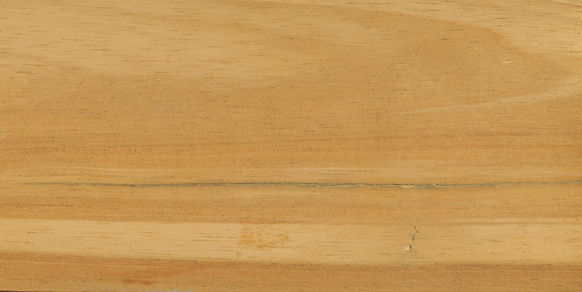Mahogany other than Swietenia: Cabralea
- Gaskell Guitars Australia

- Sep 15, 2020
- 2 min read
Updated: May 29
Natively-grown Swietenia (American mahogany) is no longer available in the world market and has been commercially banned since 2003. Today, American mahogany is grown only in plantations, mainly in Asia and the South Pacific. Plantation mahogany accounts for 95% of world trade in American mahogany.
To understand why, read this: What is Mahogany?
However, Swietenia is not the only genus in the Meliaceae (Mahogany) family that yields high quality timber. The Meliaceae family consists of 49 genera with approximately 550 species. Some have timber uses and some are even used as direct replacements for Swietenia. Others are merely plants and may only produce fruit, oil and seed often used for medicines or lotions. Of the ones that do yield timber, some include the word "mahogany" in their trade name and others do not. There are two terms to know:
GENUINE MAHOGANY as a term applies to mahogany of the Swietenia genus only, wherever grown.
TRUE MAHOGANY describes the timber of any Mahogany family genus other than Swietenia.
Many other mahogany timbers other than Swietenia are good tone woods and quite suitable for the manufacturing of musical instruments such as electric guitars and drums.
Cabralea
Cabralea canjerana is a single Mahogany family tree genus/species found only in South America and pretty much unknown to the rest of the world. It has no equivalent English trade name. There is not even an English Wikipedia entry for it. It is a single species genus native to Argentina, Brazil, Costa Rica, Paraguay, Peru, and Uruguay. Its local Spanish names are Cangerana or Cajarana.
Widely available in Brazil, it is used in local general carpentry, furniture, interior construction, carvings and joinery. Its colour is usually blood red or maroon often with purplish markings. Many South American luthiers use it for bodies and necks of electric guitars. There appears to be some international trade in it.
Gibson Guitar Corporation used this wood for the tops of their Les Paul “Smartwood” models in 1998.
References:









Comments